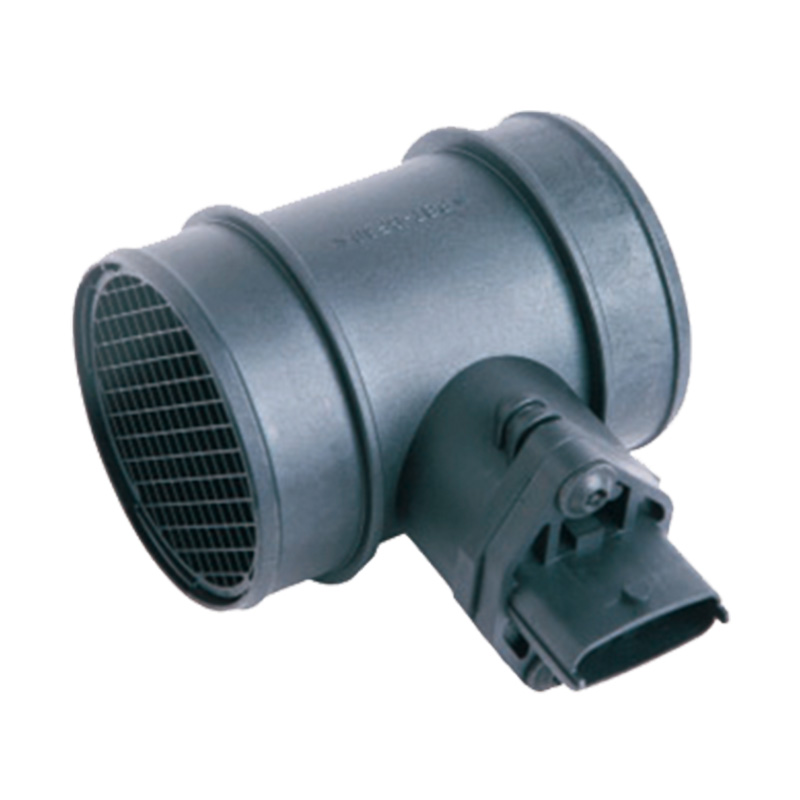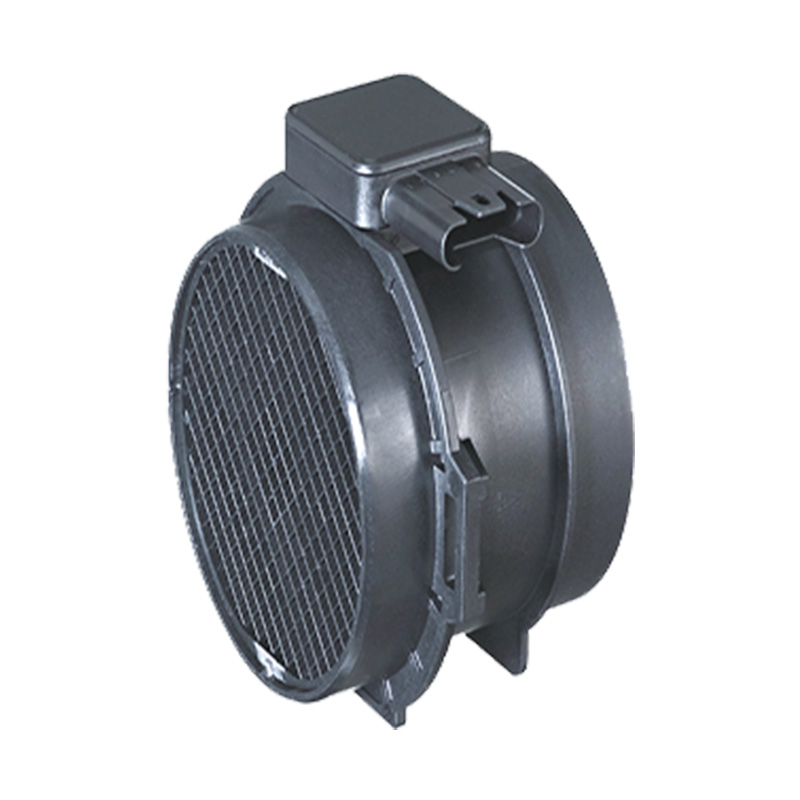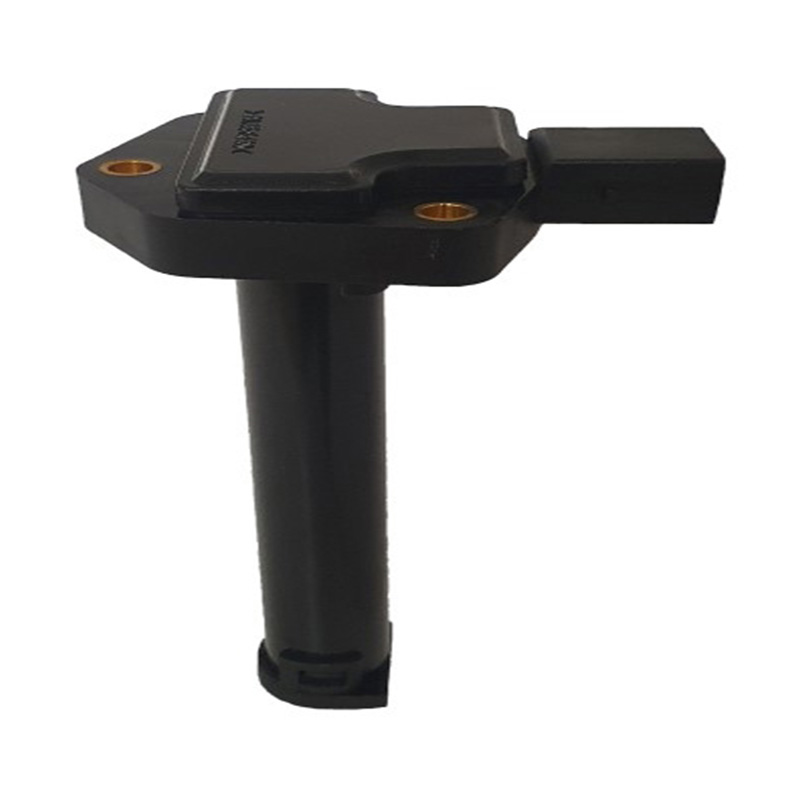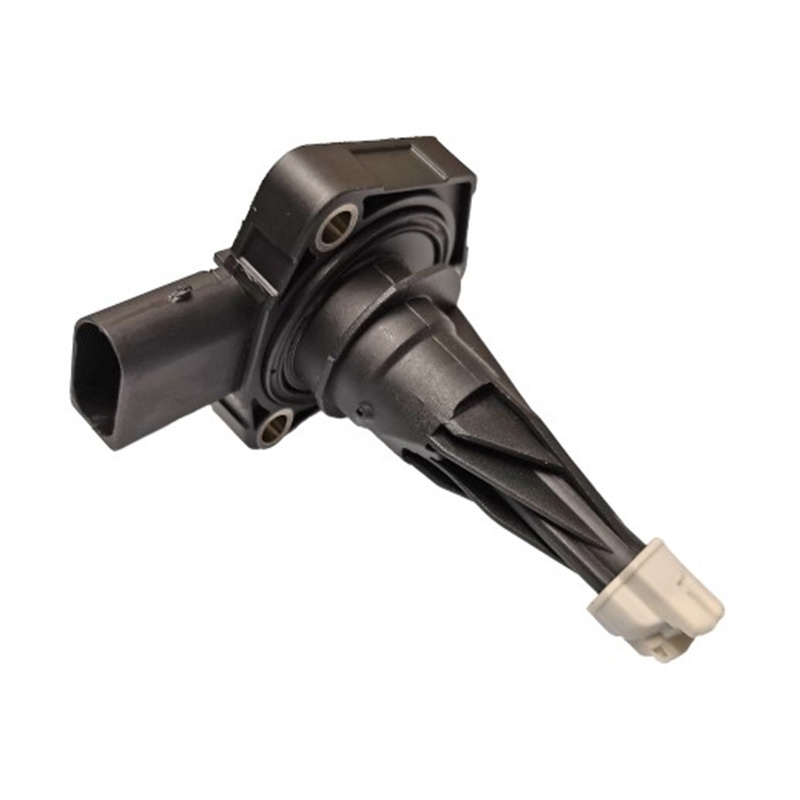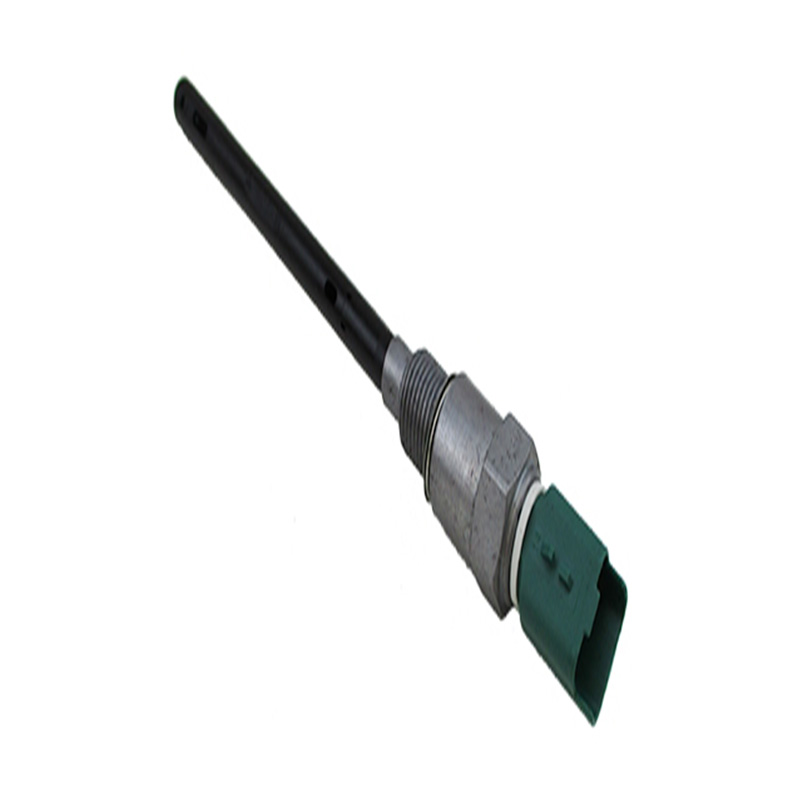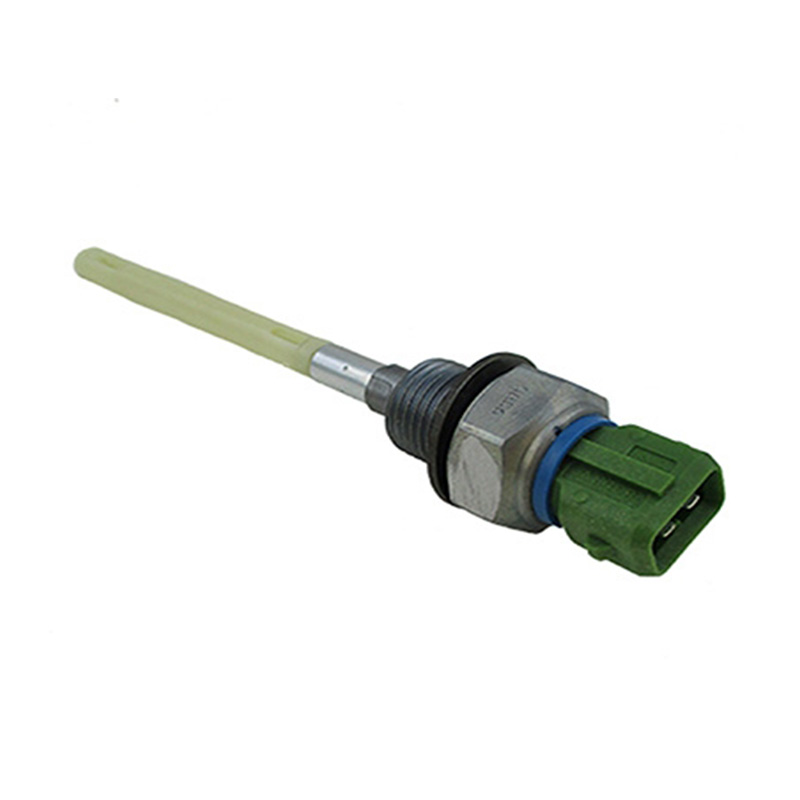OEM.NO: 0281 002 180
See DetailsDiverse Types of Airflow Sensors Ensuring good Air Quality and Engine Performance
Airflow sensors are essential components in various systems, ranging from automotive engines to indoor air quality management. They serve a critical role in monitoring and controlling the flow of air to ensure efficiency, safety, and comfort.
1. Airflow Meter Sensor in Automotive Applications:
The airflow meter sensor, also known as the mass air flow (MAF) sensor, is a vital part of a vehicle's engine management system. It measures the mass of air entering the engine and is crucial for the ECU (Engine Control Unit) to calculate the correct amount of fuel to inject for good combustion. There are several types of MAF sensors, including:
a. Hot-wire Anemometer: This type uses a heated wire to measure airflow by the cooling effect of the air passing over it.
b. Karman Vortex: This sensor uses the vortex street phenomenon to measure the frequency of vortices shed by a bluff body in the airflow.
c. Pitot Tube: It operates on Bernoulli's principle and measures the dynamic pressure of the airflow, which is then used to calculate the mass flow rate.
2. Air Flow Detector in HVAC Systems:
The air flow detector is a device used in heating, ventilation, and air conditioning (HVAC) systems to monitor the flow of air. These detectors are essential for maintaining the efficiency of the HVAC system and ensuring that the right amount of air is circulated. Types of air flow detectors include:
a. Paddlewheel Sensors: These have a propeller that rotates with the airflow, and the rotation speed is proportional to the flow rate.
b. Vane Anemometers: They consist of a set of rotating cups or vanes that are turned by the wind, with the speed of rotation indicating the wind speed.
c. Thermal Anemometers: These measure the time it takes for a heated particle to cool down, which is related to the airflow.
3. Air Filter Sensor in Industrial and Residential Settings:
The air filter sensor is used to monitor the condition of air filters in various settings, from industrial machinery to home air purifiers. These sensors alert users when the filter needs to be cleaned or replaced, thus maintaining air quality and system performance. Different types of air filter sensors include:
a. Differential Pressure Sensors: They measure the pressure difference across a filter to determine when it is clogged.
b. Optical Sensors: These use light to detect the buildup of particulate matter on the filter.
c. Microphone-Based Sensors: They detect the sound produced by air passing through a clogged filter.
Each type of sensor has its advantages and is chosen based on the specific requirements of the system it is designed to serve. For instance, in automotive applications, the airflow meter sensor must be highly accurate and responsive to ensure fuel efficiency and reduce emissions. In contrast, an air flow detector in an HVAC system may prioritize reliability and longevity in a stable environment.
The importance of these sensors cannot be overstated. They not only contribute to the efficiency and performance of the systems they are a part of but also play a significant role in safety and environmental protection. For example, a malfunctioning airflow meter sensor can lead to poor engine performance and increased emissions, while a faulty air filter sensor can result in poor indoor air quality and potential health risks.
Understanding the different types of airflow meter sensors, air flow detectors, and air filter sensors is crucial for anyone involved in the design, maintenance, or operation of systems that rely on airflow control. By selecting the appropriate sensor type for a given application, it is possible to ensure good performance, safety, and environmental responsibility.
